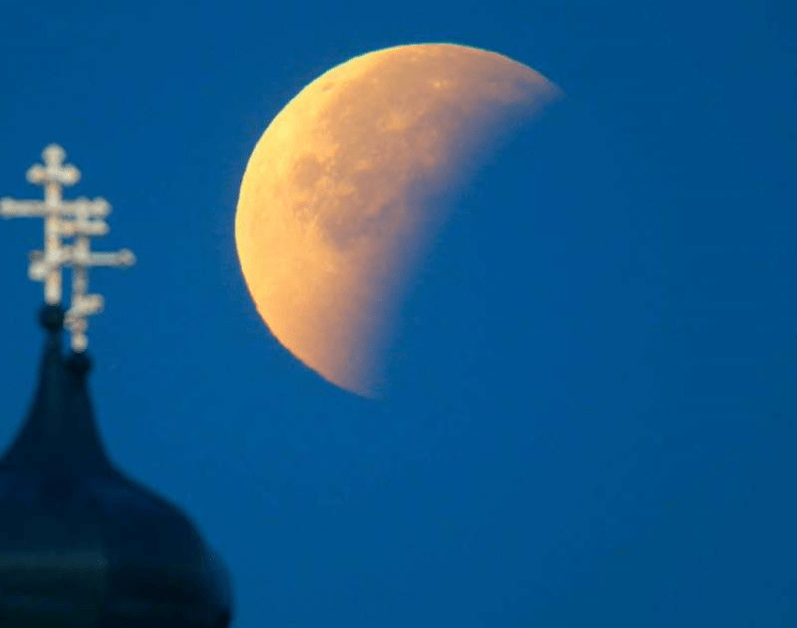What was the last time you looked up in the sky and fell in love with the universe?
Although 2020 hasn’t been kind to some of us, it has been filled with astonishing astronomical events. Thus far, we have witnessed three supermoons in a row. First, it was the Full Worm Moon in March. It was followed by the April’s Full Pink Moon.
Recently, there was May’s peak of the ‘Eta Aquarids’ Meteor Shower, just days before the Full Flower Moon. But that’s just a fragment of what this year has planned for us in a cosmic matter.
A partial Penumbral Lunar Eclipse on June 5th and 6th and an Annular Solar Eclipse on June 21 are about to amaze all skywatchers.
This year we’ll be able to observe a total of six eclipses – four Lunar and two Solar. As The Mind Unleashed reveals, the Lunar Eclipses will all be partial, and the Solar Eclipses will be an Annular Eclipse on June 21st and a Total Eclipse on December 14th.
An eclipse occurs when an astronomical object or spacecraft is temporarily obscured by befalling into the shadow of another body or by having another body pass between it and the viewer. It happens when the light from one celestial body is blocked by another.
We can only witness two types of eclipses, Solar and Lunar, created by the different alignments of the Sun, the Earth, and the Moon.
Penumbral Lunar Eclipse
On June 5th and 6th, we will have a Penumbral Lunar Eclipse, which occurs when the Moon lies in the penumbral or outer shadow of the Earth. It happens when the Sun, Moon, and Earth are not perfectly aligned. This type of Lunar Eclipse is quite subtle because the moon might appear just a little darker where Earth’s shadow falls.

Next month’s Penumbral Lunar Eclipse will be visible from much of Asia, Europe, Australia, Africa, Antarctica, and South America’s southwest. The cosmic event will begin on the 5th of June at UTC 17:45:51, reach its peak at 19:24:55, and end at 19:24:55.
You can check the exact time for your city or area for the Penumbral Lunar Eclipse here.
Annular Solar Eclipse
During the Annular Solar Eclipse, on June 21st, the Moon will be perfectly aligned between the Sun and Earth. As a result, we will see the ‘ring of fire’, or the outer ring of the Sun. The name of this celestial event is not random, as ‘Annulus’ means ‘ring’ in Latin.
While gazing at a Solar Eclipse, remember to always protect your eyes. You should never look directly at the Sun, even during an eclipse, without protective, special-purpose solar filters.
As long as the skies are clear, the full Annular Solar Eclipse will be visible from parts of Africa including the Central Africa Republic, Congo, and Ethiopia, as well as most of North India, South of Pakistan, and China.
Moreover, skywatchers from South/East Europe, much of Asia and Africa, North in Australia, and the Pacific and Indian Oceans will have the opportunity to see partial views of the eclipse. It will peak at UTC 12:10 am on June 21st, and will last for a little over 3 hours.